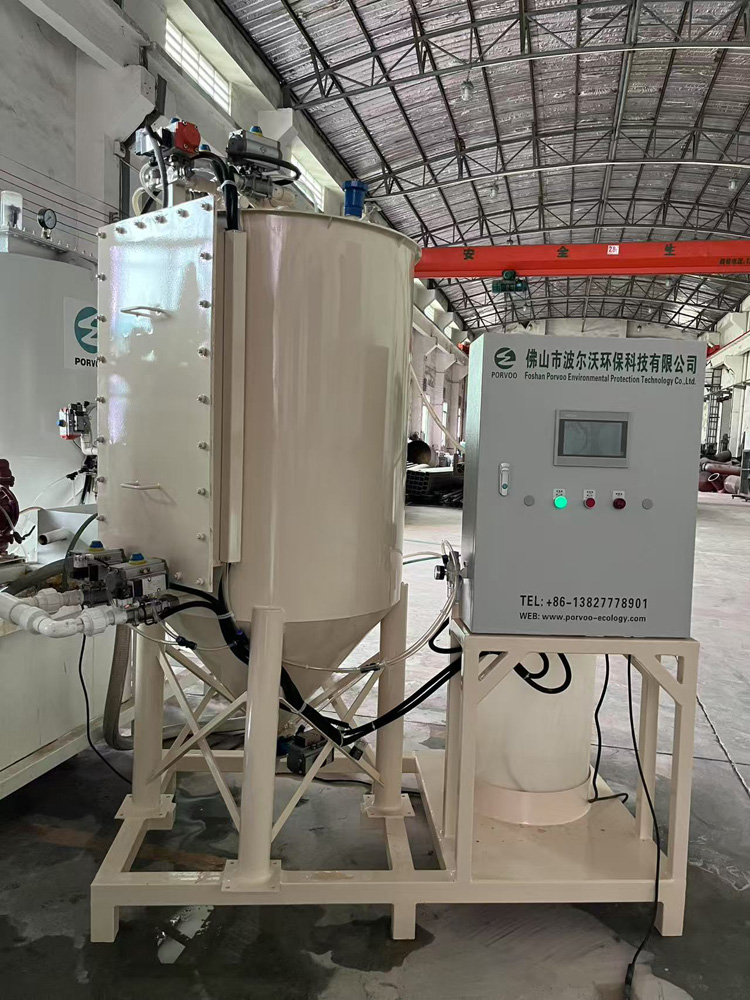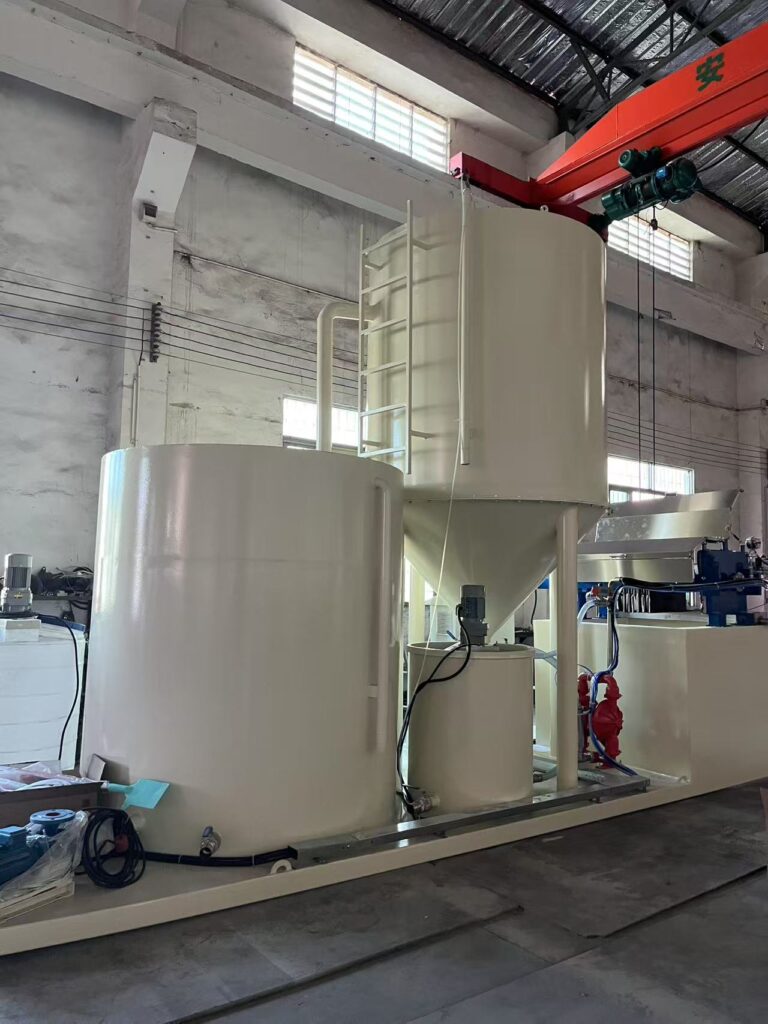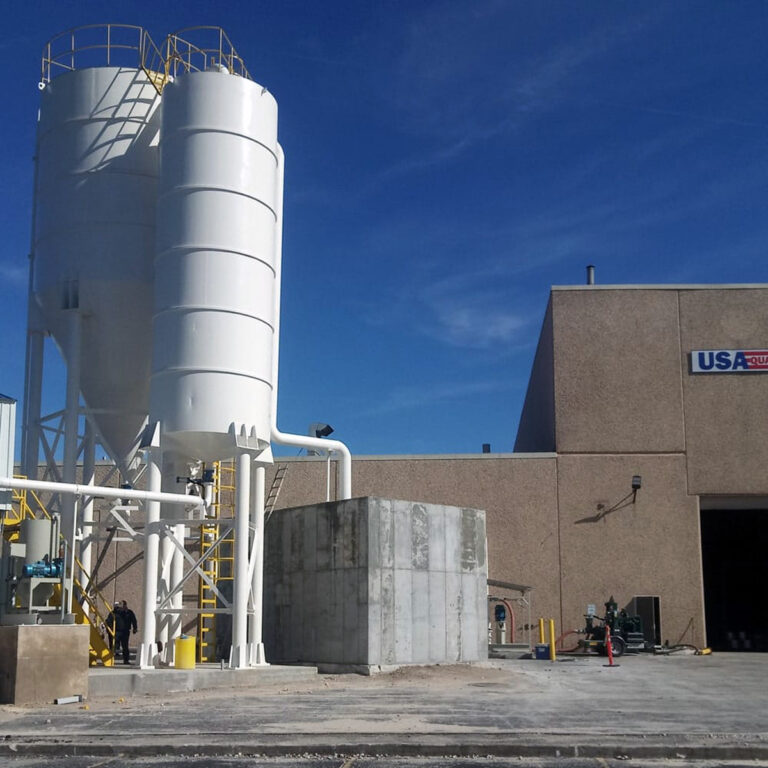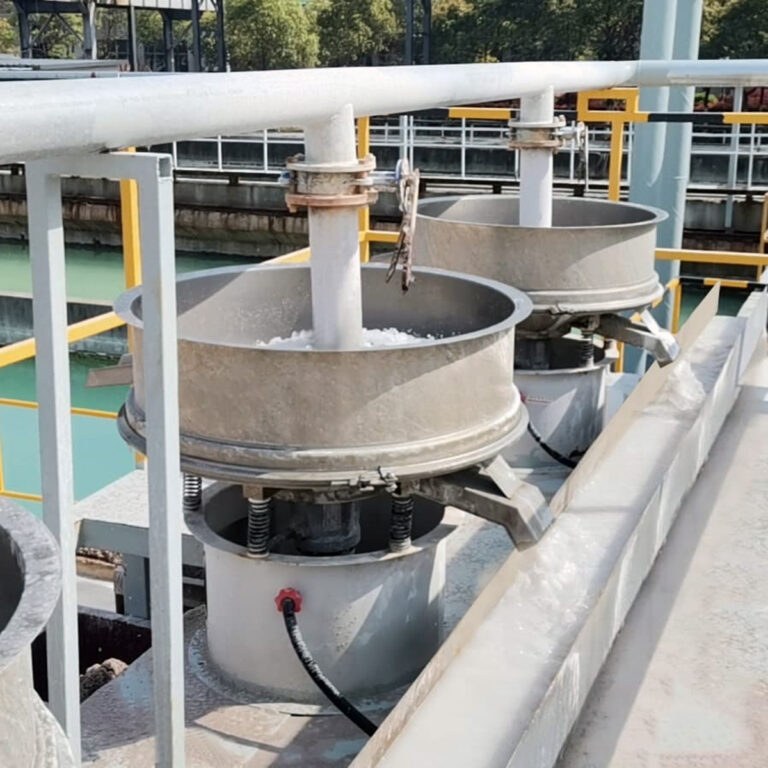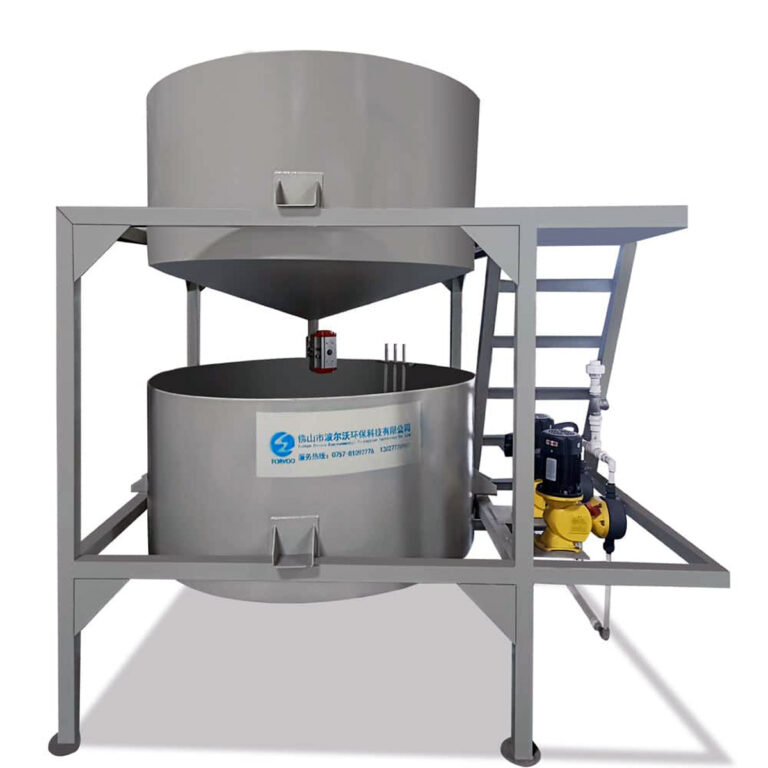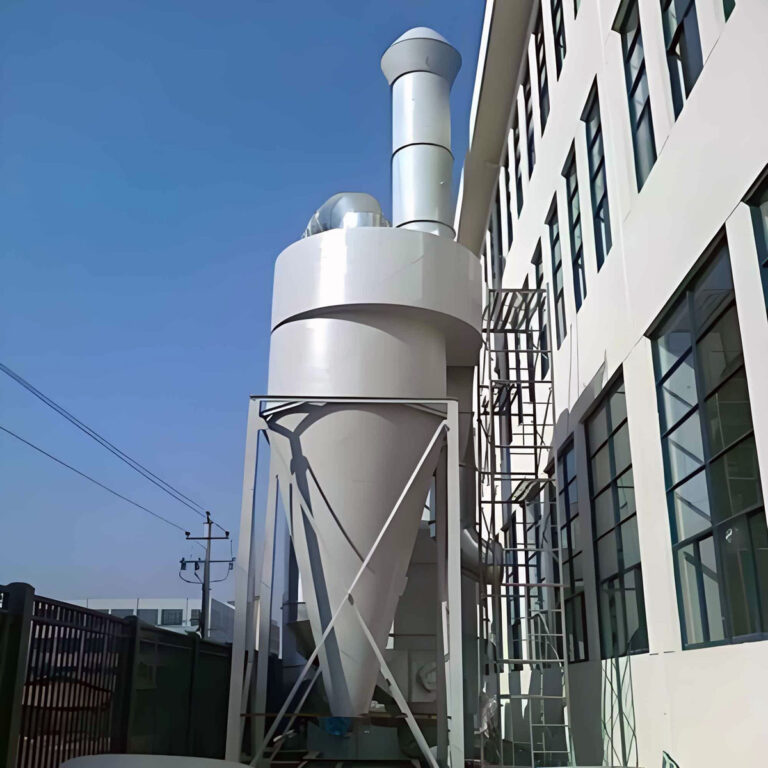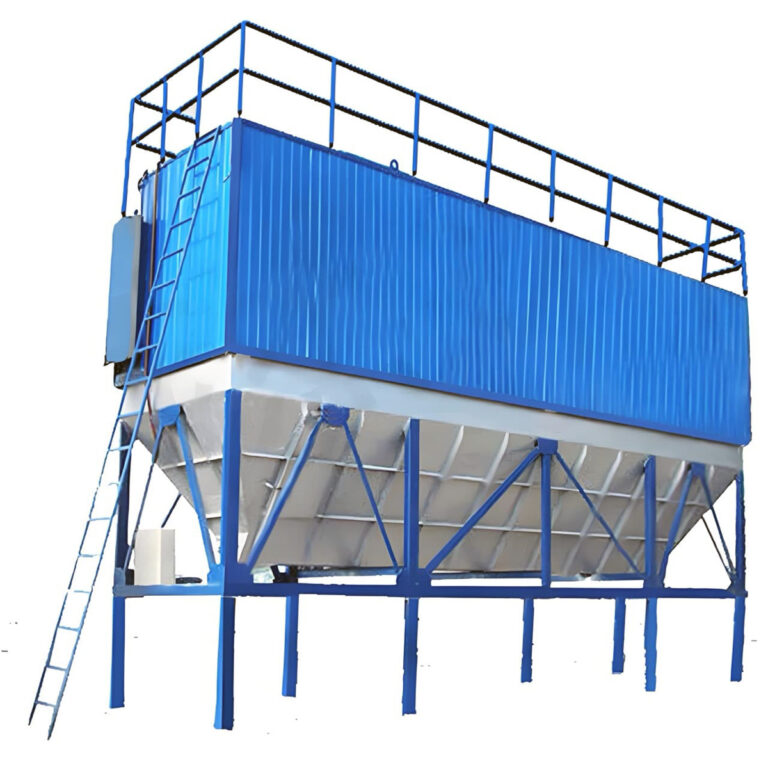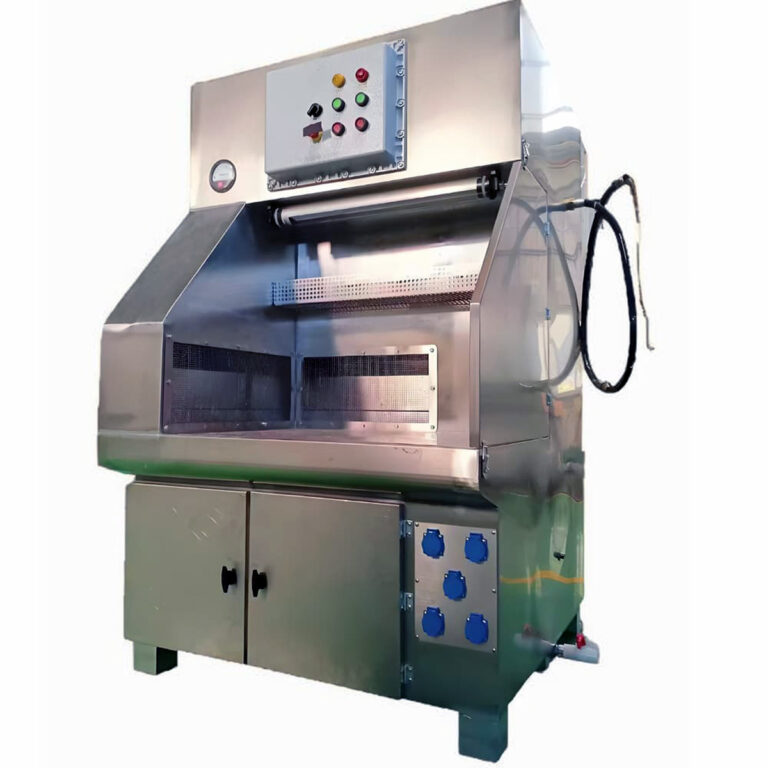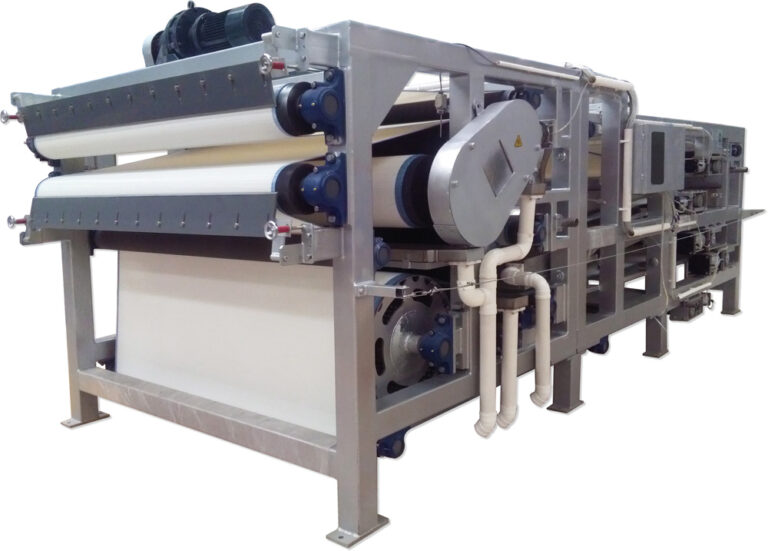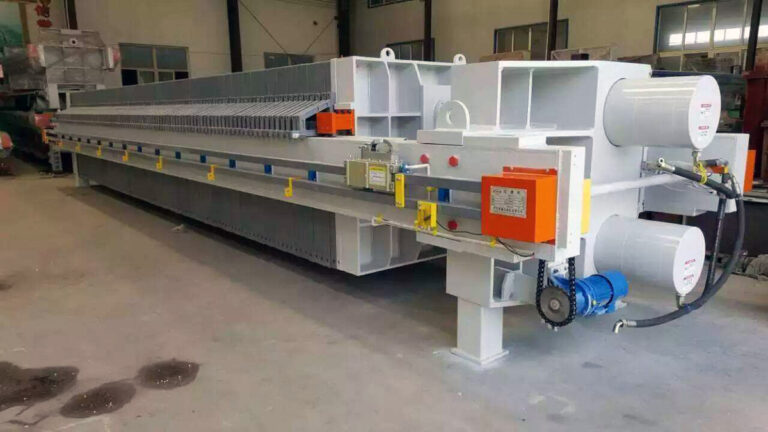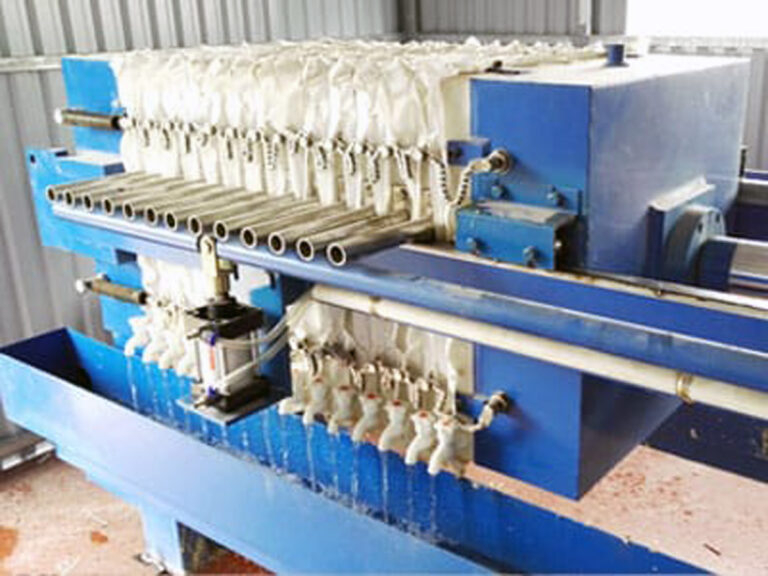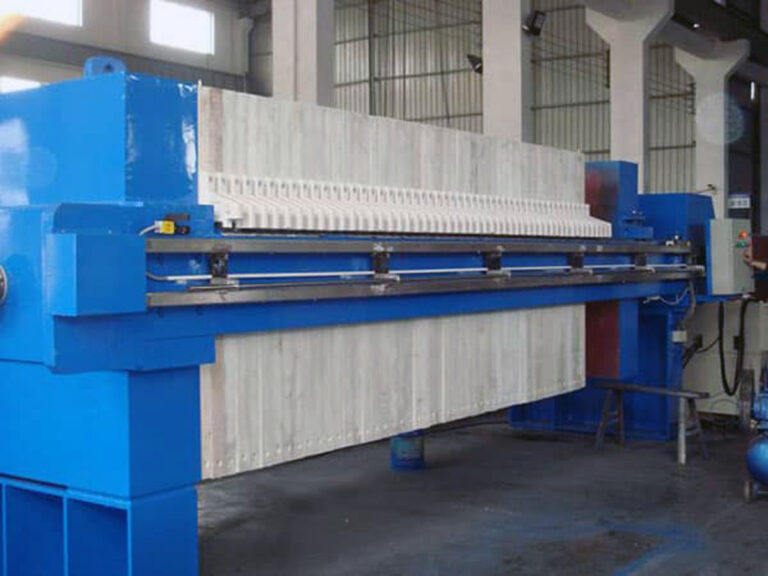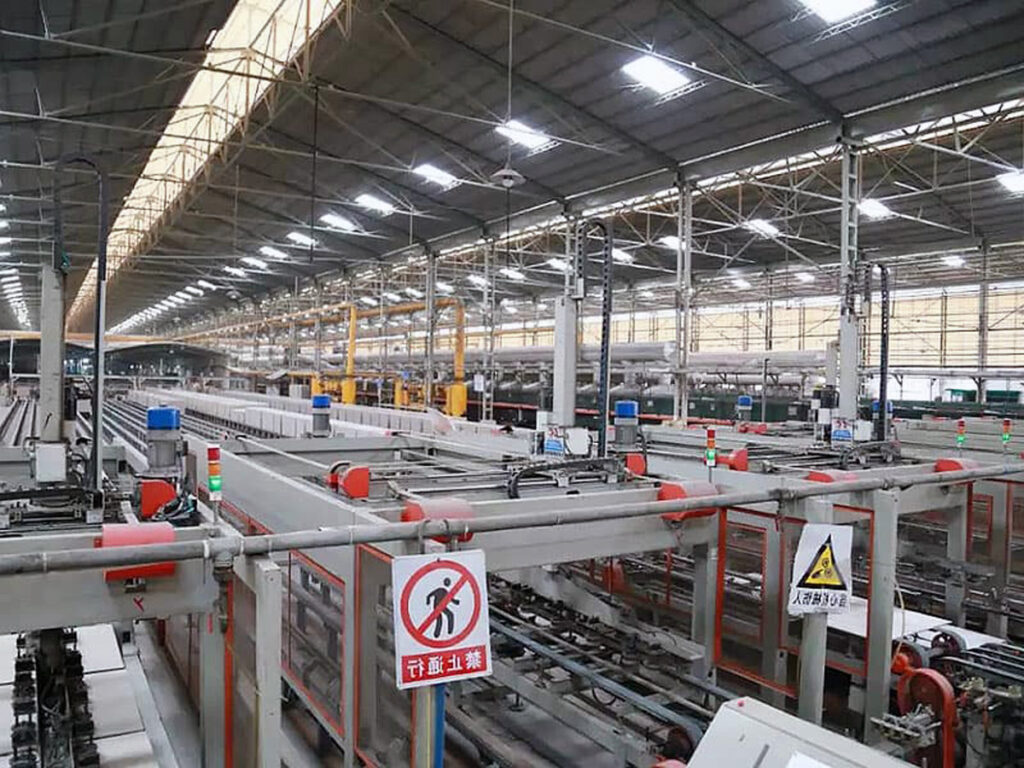Industrial facilities worldwide face mounting pressure to meet stringent air quality and filtration standards. With regulatory frameworks becoming increasingly complex and enforcement penalties reaching millions of dollars, the stakes for proper filtration compliance have never been higher. You’re likely aware that contamination events can shut down operations for weeks, but did you know that inadequate filtration systems account for 67% of industrial air quality violations according to recent EPA data?
The consequences of non-compliance extend far beyond financial penalties. Production downtime, workforce safety incidents, and damaged reputation can devastate businesses that fail to implement proper filtration protocols. A single contamination event at a pharmaceutical facility can result in product recalls worth $50-100 million, while semiconductor manufacturers face yield losses exceeding $200,000 per day when cleanroom standards aren’t maintained.
This comprehensive guide will demystify the complex landscape of certified filter systems, providing you with actionable insights into regulatory requirements, certification processes, and selection criteria. PORVOO brings decades of industrial filtration expertise to help you navigate these critical compliance decisions with confidence.
What Are Certified Industrial Filter Systems?
Certified industrial filter systems represent filtration equipment that has undergone rigorous testing and validation to meet specific performance standards established by regulatory bodies and industry organizations. These systems aren’t simply manufactured to specifications – they’re independently verified to deliver consistent, measurable results under defined operating conditions.
Understanding Filter Certification Standards
The certification process involves comprehensive testing protocols that evaluate multiple performance parameters simultaneously. Efficiency ratings, pressure drop characteristics, dust-holding capacity, and structural integrity all undergo scrutiny during certification testing. Modern certification standards require filters to maintain performance levels across varying environmental conditions, including temperature fluctuations, humidity changes, and chemical exposure scenarios.
In our experience working with Fortune 500 manufacturers, the most critical aspect of certification involves understanding that standards differ significantly between applications. A filter certified for general ventilation applications may not meet the stringent requirements for pharmaceutical cleanrooms or semiconductor fabrication facilities.
| Certification Type | Testing Duration | Key Parameters | Typical Applications |
|---|---|---|---|
| HEPA Certification | 24-48 hours | Efficiency, Pressure Drop | Cleanrooms, Healthcare |
| ASHRAE Standards | 12-24 hours | Dust Holding, Efficiency | Commercial HVAC |
| FDA Validation | 72+ hours | Particle Size, Sterility | Pharmaceutical |
Key Regulatory Bodies and Their Roles
Multiple organizations govern industrial filter certification, each focusing on specific industry segments and applications. The Institute of Environmental Sciences and Technology (IEST) establishes cleanroom filtration standards, while the American Society of Heating, Refrigerating and Air-Conditioning Engineers (ASHRAE) develops general ventilation requirements.
International standards organizations like ISO and European Committee for Standardization (CEN) create globally recognized benchmarks that facilitate international trade and ensure consistent quality expectations. These bodies collaborate extensively, though subtle differences between regional standards can create compliance challenges for multinational operations.
Why Do Industrial Filter Systems Need Certification?
The fundamental driver behind filter certification requirements stems from the recognition that filtration failures can have catastrophic consequences. Whether protecting sensitive manufacturing processes, ensuring worker safety, or maintaining product quality, certified filtration systems provide documented assurance of performance capability.
Regulatory Compliance Requirements
Federal and state regulations mandate specific filtration performance levels for numerous industries. The Clean Air Act requires manufacturing facilities to demonstrate that their emission control systems, including filtration equipment, meet established performance criteria. Similarly, FDA regulations for pharmaceutical manufacturing specify detailed requirements for air filtration in sterile processing areas.
Recent regulatory trends show increasing emphasis on continuous monitoring and documentation. The EPA’s New Source Performance Standards now require real-time filtration efficiency monitoring for many industrial applications, making certification documentation essential for demonstrating ongoing compliance.
According to industry research conducted by the Air & Waste Management Association, facilities using certified filtration systems experience 43% fewer regulatory violations compared to those relying on non-certified equipment. This data underscores the tangible risk reduction that proper certification provides.
Performance and Safety Standards
Beyond regulatory compliance, certification ensures that filtration systems deliver predictable performance under real-world operating conditions. Certified systems undergo testing that simulates years of operation, identifying potential failure modes before they occur in actual service.
Worker safety represents another critical dimension of certification requirements. OSHA regulations specifically reference certified filtration equipment in numerous workplace safety standards, particularly for applications involving hazardous materials or respiratory protection. A manufacturing facility in Ohio recently faced $2.4 million in OSHA penalties partly due to inadequate filtration systems that failed to protect workers from airborne contaminants.
Industry consensus suggests that certified systems typically demonstrate 15-25% better long-term performance consistency compared to non-certified alternatives, translating directly into reduced maintenance costs and improved operational reliability.
What Are the Major Certification Standards for Industrial Filtration?
The landscape of industrial filter certification encompasses numerous standards, each addressing specific performance criteria and application requirements. Understanding these standards helps ensure proper system selection and regulatory compliance.
ISO Standards for Filtration Equipment
ISO 16890 represents the current global standard for air filtration testing, replacing older regional standards with a unified methodology. This standard evaluates filter performance against particle size ranges that correlate with real-world air quality impacts, including PM1, PM2.5, and PM10 particles.
The ISO testing protocol requires filters to undergo conditioning cycles that simulate months of operation, ensuring performance ratings reflect long-term rather than initial capabilities. Filters receive efficiency ratings in four categories: coarse particles (PM10), medium particles (PM2.5), fine particles (PM1), and ultra-fine particles below 0.3 microns.
HEPA and ULPA Filter Classifications
High-Efficiency Particulate Air (HEPA) and Ultra-Low Particulate Air (ULPA) filters represent the highest tier of certified filtration technology. HEPA filters must demonstrate minimum 99.97% efficiency for 0.3-micron particles, while ULPA filters achieve 99.999% efficiency for the same particle size.
These classifications involve extensive testing protocols that evaluate not only initial efficiency but also structural integrity, pressure drop characteristics, and performance degradation over time. The testing process typically requires 72-96 hours of continuous operation under controlled conditions.
| Filter Class | Efficiency Requirement | Typical Pressure Drop | Primary Applications |
|---|---|---|---|
| HEPA H13 | 99.95% @ 0.3μm | 200-300 Pa | Medical, Clean Manufacturing |
| HEPA H14 | 99.995% @ 0.3μm | 250-350 Pa | Pharmaceutical, Semiconductor |
| ULPA U15 | 99.9995% @ 0.3μm | 300-400 Pa | Nanotechnology, Research |
Industry-Specific Certifications
Specialized industries often require additional certification beyond standard filtration testing. Pharmaceutical manufacturing demands FDA validation protocols that include sterility testing and bioburden assessment. Nuclear facilities require filters certified to withstand radiation exposure and maintain performance under extreme conditions.
The semiconductor industry has developed its own certification standards through organizations like SEMI (Semiconductor Equipment and Materials International), focusing on molecular contamination control and outgassing characteristics. These standards often exceed general industrial requirements by orders of magnitude.
How Do Filtration Quality Standards Impact Your Operations?
The implementation of filtration quality standards creates both opportunities and challenges for industrial operations. While compliance requires initial investment and ongoing maintenance, the operational benefits often justify these costs through improved efficiency and reduced risk exposure.
Operational Efficiency and Performance
Certified filtration systems typically demonstrate superior energy efficiency compared to non-certified alternatives. The rigorous testing protocols ensure that filters maintain optimal airflow characteristics while maximizing particle capture efficiency. This balance translates into lower energy consumption for fan systems and reduced total cost of ownership.
In our experience with automotive manufacturing clients, facilities implementing certified filtration systems report 12-18% reduction in energy costs related to air handling systems. The improved filter design and validated performance characteristics enable more precise system optimization.
Real-time monitoring capabilities built into modern certified systems provide operational teams with actionable data for maintenance scheduling and performance optimization. This predictive approach reduces unexpected downtime and extends equipment life cycles.
Cost Implications and ROI
While certified filtration equipment typically commands premium pricing, the total cost analysis often favors certified systems over their non-certified counterparts. A comprehensive study by the Industrial Air Filtration Association found that facilities using certified systems experience 23% lower maintenance costs and 31% fewer unscheduled downtimes.
The ROI calculation becomes particularly compelling when considering risk mitigation. Insurance premiums for facilities with certified filtration systems average 8-12% lower than those using non-certified equipment, reflecting reduced liability exposure. Additionally, the documented performance characteristics of certified systems streamline regulatory inspections and reduce compliance-related administrative costs.
What Are the Key Challenges in Filter System Certification?
Despite the clear benefits of certified filtration systems, organizations face several significant challenges in implementing and maintaining these systems. Understanding these obstacles helps develop effective strategies for successful certification compliance.
Testing and Validation Complexities
The certification process involves complex testing protocols that can extend over several months, particularly for custom or specialized filtration applications. Each filter design requires individual testing, making it difficult to implement modifications or improvements without repeating the entire certification process.
Testing costs can range from $25,000 to $100,000+ depending on the complexity of the application and required certifications. For smaller manufacturers, these costs can represent a significant barrier to entry, potentially limiting access to certified filtration technology.
The technical expertise required to navigate certification requirements often exceeds internal capabilities, necessitating engagement with specialized consultants or testing laboratories. This dependency can create project delays and additional costs that weren’t anticipated during initial planning phases.
Maintaining Ongoing Compliance
Certification represents only the beginning of the compliance journey. Ongoing validation requirements, periodic re-testing, and documentation maintenance create continuous operational overhead that many organizations underestimate.
Changes in regulatory requirements can render existing certifications obsolete, requiring costly re-certification processes. The pharmaceutical industry has experienced this challenge repeatedly as FDA guidance documents evolve and new contamination control requirements emerge.
Staff training and competency maintenance represent another ongoing challenge. Certified filtration systems often require specialized maintenance procedures and monitoring protocols that exceed traditional HVAC maintenance capabilities.
How to Choose the Right Certified Filtration Equipment?
Selecting appropriate certified filtration equipment requires careful analysis of application requirements, regulatory obligations, and operational constraints. The decision process should balance performance needs with practical implementation considerations.
Assessment Criteria and Selection Process
The selection process begins with comprehensive assessment of contamination sources, required cleanliness levels, and applicable regulatory standards. Environmental conditions including temperature, humidity, and chemical exposure potential significantly influence filter selection and certification requirements.
Flow rate requirements and pressure drop limitations establish the fundamental sizing parameters for filtration systems. It’s worth noting that certified filters often exhibit different pressure drop characteristics compared to non-certified alternatives, requiring careful system design consideration.
| Assessment Factor | Typical Range | Impact on Selection |
|---|---|---|
| Particle Size Target | 0.1-10 μm | Filter Class Selection |
| Airflow Rate | 100-50,000 CFM | System Sizing |
| Operating Temperature | -40°C to +200°C | Material Compatibility |
| Humidity Range | 10-95% RH | Corrosion Resistance |
Vendor Qualification and Documentation
Vendor selection criteria should emphasize certification documentation, testing capabilities, and ongoing support services. Reputable manufacturers provide comprehensive test reports, installation guidelines, and maintenance protocols that ensure continued compliance.
The vendor’s quality management system certification (ISO 9001) and manufacturing facility credentials provide additional assurance of consistent product quality. International manufacturers should demonstrate compliance with relevant import/export regulations and provide local support infrastructure.
According to industry best practices established by the International Society for Pharmaceutical Engineering, vendor qualification should include on-site audits, reference customer interviews, and review of manufacturing processes. This comprehensive approach reduces the risk of performance issues and compliance failures.
When evaluating advanced industrial filtration solutions, consider vendors who offer integrated support services including installation supervision, commissioning assistance, and ongoing maintenance training. These value-added services often determine long-term project success more than initial equipment costs.
Conclusion
Certified industrial filter systems represent a critical investment in operational excellence, regulatory compliance, and risk mitigation. The complex landscape of certification standards, while challenging to navigate, provides essential framework for ensuring filtration system reliability and performance consistency.
The key insights from this comprehensive analysis highlight that certified filter systems deliver measurable value through reduced energy consumption, improved operational reliability, and enhanced regulatory compliance. While initial costs and ongoing maintenance requirements present challenges, the total cost of ownership analysis typically favors certified systems over non-certified alternatives.
Moving forward, regulatory trends suggest increasing emphasis on real-time monitoring, environmental sustainability, and international standardization. Organizations that proactively invest in certified filtration technology position themselves for success in an increasingly regulated industrial environment.
For immediate implementation, assess your current filtration systems against applicable certification standards, engage qualified vendors for gap analysis, and develop a phased upgrade plan that balances operational needs with budget constraints. The investment in proper certification documentation and system validation will pay dividends through improved operational efficiency and reduced compliance risk.
Consider partnering with experienced industrial filtration specialists who can guide you through the certification process and ensure optimal system selection for your specific applications. What specific certification challenges is your organization currently facing, and how might a structured approach to filter system evaluation address these concerns?
Frequently Asked Questions
Q: What are Certified Industrial Filter Systems, and why is a regulation overview important?
A: Certified Industrial Filter Systems are filtration products that meet specific regulatory standards to ensure safety, performance, and quality in industrial applications. A regulation overview is important because it outlines the legal and technical requirements these systems must comply with, helping industries choose filters that protect health, maintain product integrity, and adhere to environmental and safety laws.
Q: What key regulations and standards apply to Certified Industrial Filter Systems?
A: Major regulations and standards include NSF/ANSI certifications such as:
- NSF/ANSI 42 for aesthetic contaminants like chlorine and taste
- NSF/ANSI 53 for health-related contaminants such as lead and volatile organic compounds
- Industry-specific guidelines, including FDA regulations for food and beverage filters and UL standards for safety and performance
These standards ensure filters reduce contaminants effectively while maintaining compliance with health and safety requirements.
Q: How do these regulations impact the selection of filtration systems for industrial use?
A: Regulations guide the selection process by requiring filters to:
- Demonstrate certified reduction of specific contaminants
- Meet safety standards for materials used in filter construction
- Maintain product quality without compromising essential properties
- Comply with environmental and workplace safety laws
Choosing a certified filter system minimizes risks and supports operational compliance.
Q: What certifications should companies look for when purchasing industrial filter systems?
A: Companies should seek filters with recognized certifications like:
- NSF/ANSI standards relevant to their application (e.g., 42, 53, 61)
- UL certification demonstrating safety and performance
- Industry-specific approvals (e.g., FDA compliance for food processing)
- Compliance with local or regional regulations that may add further requirements
These certifications provide assurance of product reliability and regulatory conformity.
Q: How do Certified Industrial Filter Systems support environmental and workplace safety?
A: Certified filters help by:
- Removing harmful particulates, chemicals, and biological contaminants
- Ensuring air and water quality meets permissible exposure limits
- Reducing emissions and protecting workers from exposure to toxic substances
- Supporting regulatory compliance that prevents fines and environmental damage
This contributes to safer work environments and sustainable industrial operations.
Q: What future trends in regulation might affect Certified Industrial Filter Systems?
A: Emerging trends include:
- Increasingly stringent efficiency standards (e.g., higher MERV ratings for air filters)
- Expanded certification scopes covering new contaminants and technologies
- Greater emphasis on environmental impact and sustainability
- Integration of digital monitoring and validation systems for compliance
Staying informed on evolving regulations is crucial for industries to maintain certification and operational excellence.
External Resources
- Certified Filtration Equipment | Regulation Overview – PORVOO – This resource provides an in-depth overview of certified filtration systems, explaining certification processes, core requirements, and recognized regulatory bodies relevant to industrial filter certification.
- Water Filtration Products Testing and Certification – UL Solutions – Details the testing, evaluation, and certification standards for water filtration products, highlighting industry requirements such as NSF/ANSI standards and ongoing compliance protocols.
- NSF Standards for Water Treatment Systems – Explains voluntary national standards and protocols for water treatment filters, with an emphasis on independent certification and regulatory health and safety requirements in the US.
- Navigating Regulations: Compliance in Industrial Filtration – Standard Filter – Reviews the regulatory landscape and key compliance considerations for industrial filtration systems, including relevant authorities and sector-specific guidelines.
- Guidance Manual for Compliance with the Filtration and Disinfection Requirements – US EPA (PDF) – Offers comprehensive guidance on meeting federal filtration and disinfection regulations, with a focus on compliance and operational standards.
- Water Quality Association (WQA): Certification for Water Treatment Products – Outlines the certification process for water treatment equipment, including industrial filters, and describes the regulatory benchmarks and quality verification required for certification in English-speaking markets.
